McKnights Senior Living
A recent House hearing on healthcare inflation drew no shortage of comments from groups including the senior living industry sharing experiences with escalating costs.
The long-term care industry — and assisted living, specifically — has faced unprecedented cost increases and financial challenges throughout the COVID-19 pandemic, according to Maggie Elehwany, Argentum senior vice president of public affairs.
Elehwany submitted comments on behalf of Argentum to the House Ways and Means Subcommittee on Health, which last week held a hearing examining factors driving the “unaffordability of healthcare” and what can be done to expand care to communities.
In his opening statement at the hearing, Chairman Vern Buchanan (R-FL) said the nation is on an “unsustainable path” of healthcare spending, with more than $4.3 trillion spent in 2021.
Collectively, senior living providers incurred more than $30 billion in expenses, including gowns, gloves, masks and other infection prevention and control supplies; wage pressures; higher recruiting and retention costs; and regulatory, licensing and employee certification costs, Elehwany said.
“Because of supply chain disruptions and exponential demand for personal protective equipment, costs became exorbitant,” she said, adding that long-term care saw a 1,064% increase in PPE costs at the onset of the pandemic and that costs have remained above historical averages ever since.
Citing an analysis by the Society for Healthcare Organization Procurement Professionals, Elehwany said that large increases in the cost of isolation gowns (up 2,000%), N95 masks (up 1,513%), three-ply masks (up 1,500%) and reusable face shields (up 900%). The most “remarkable” increase was for 3M N95 masks, the cost of which increased 6,136%, she said.
The industry’s most persistent challenge, however, is the caregiver workforce shortage, Elehwany said, calling it “the most acute” in healthcare.
Citing a recent Argentum workforce report, she said that the senior living industry lost more than 100,000 positions between February 2020 and November 2021, leaving the industry staffed at far below pre-pandemic levels. In a recent LeadingAge workforce poll, 70% of responding assisted living providers said they are experiencing significant or severe workforce shortages.
“Addressing the healthcare workforce shortage will ease pricing pressures facing senior living providers and the residents they serve,” Elehwany said. “Time is of the essence; by 2040, the United States will need to fill more than 20 million jobs to care for our nation’s seniors.” Three million of those job openings will be in senior living, according to Argentum.
Along with immigration reform, Argentum supports several legislative and regulatory solutions to resolve the workforce crisis, including the Safeguarding Elderly Needs for Infrastructure and Occupational Resources (SENIOR) Act, which would build on existing workforce programs. Specifically, Elehwany said, the legislation would bolster workforce development programs within the Department of Health and Human Services’ Health Resources & Services Administration by emphasizing geriatric care.


 Mailing List
Mailing List